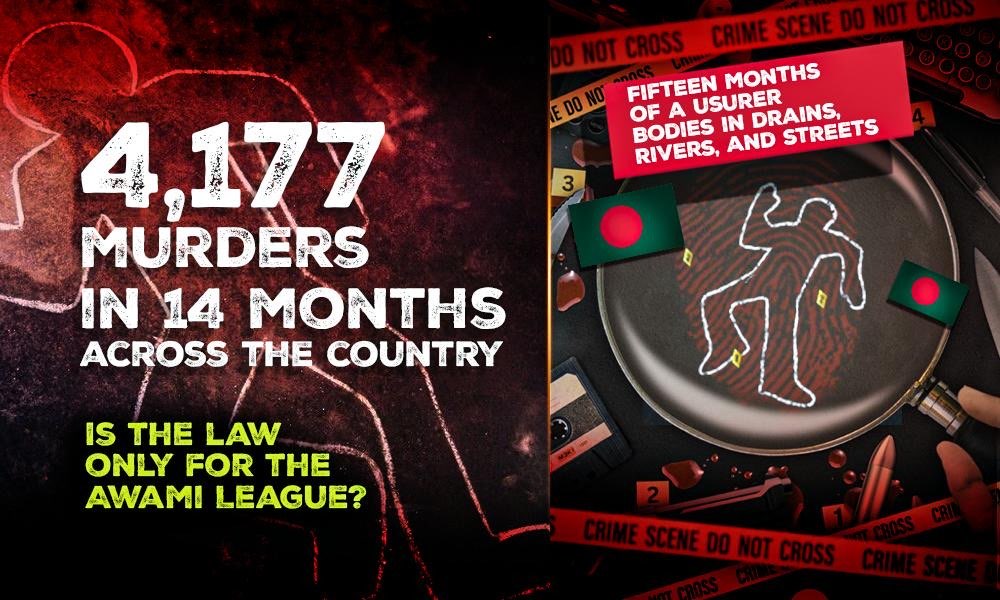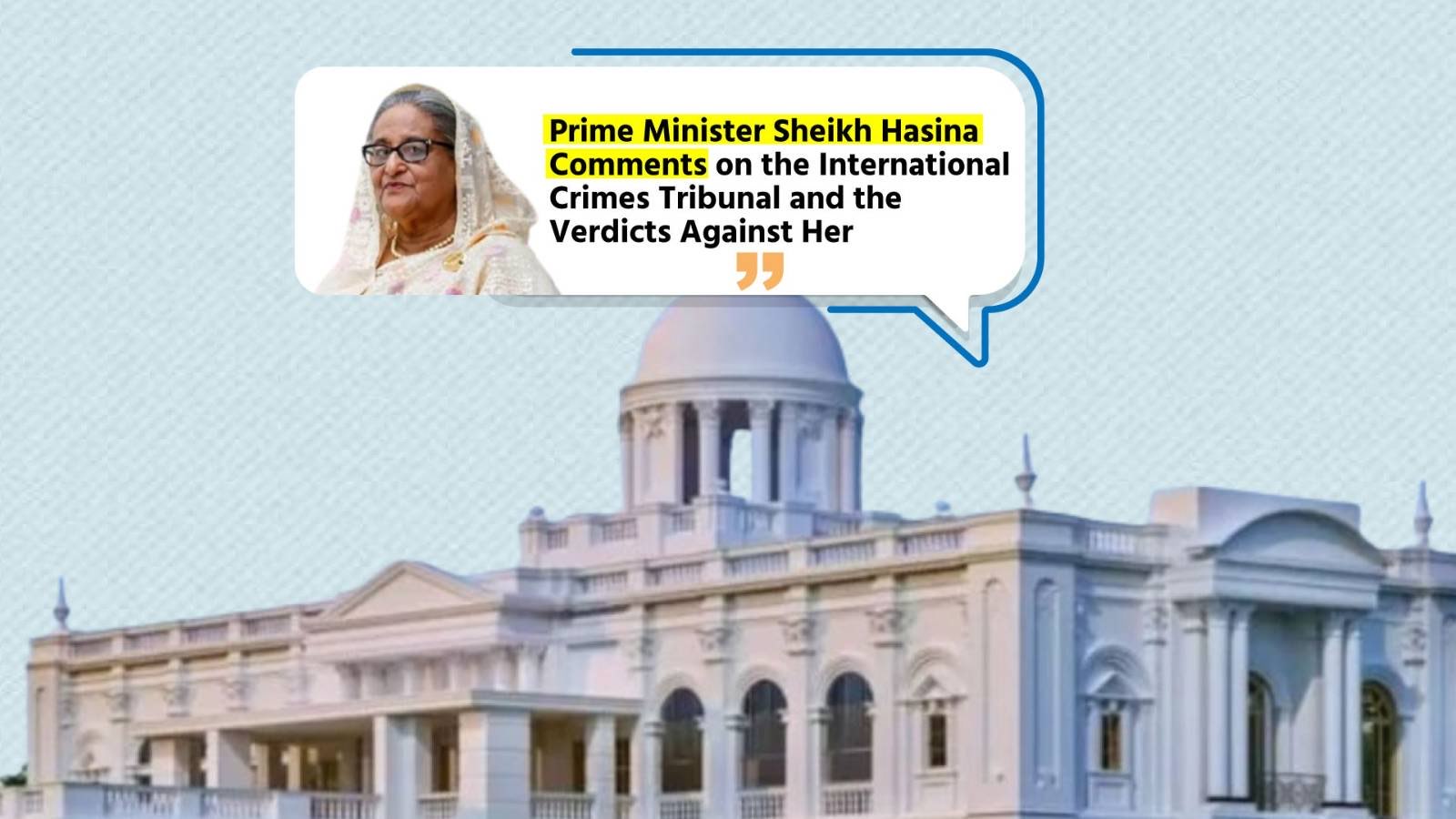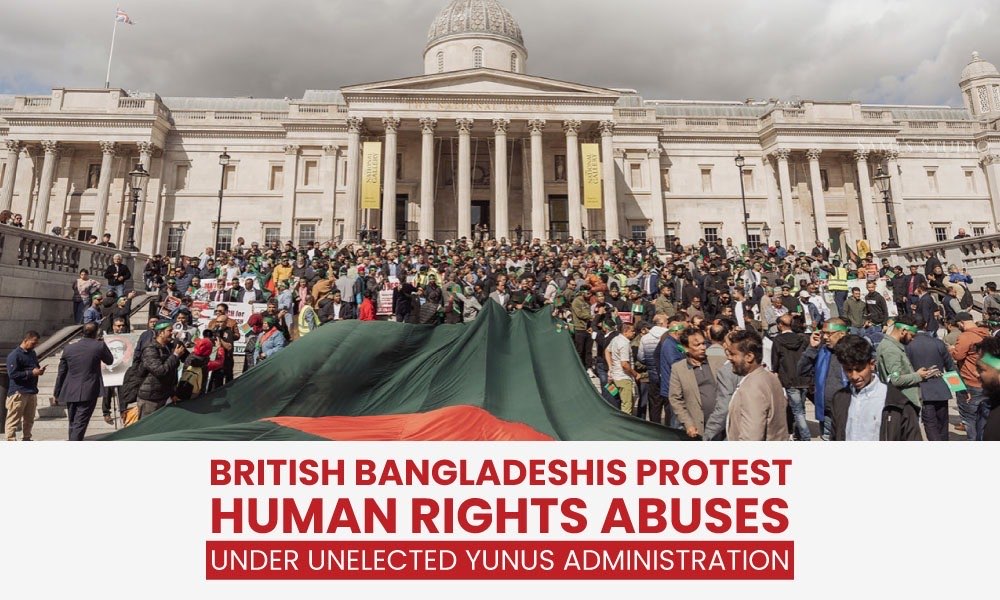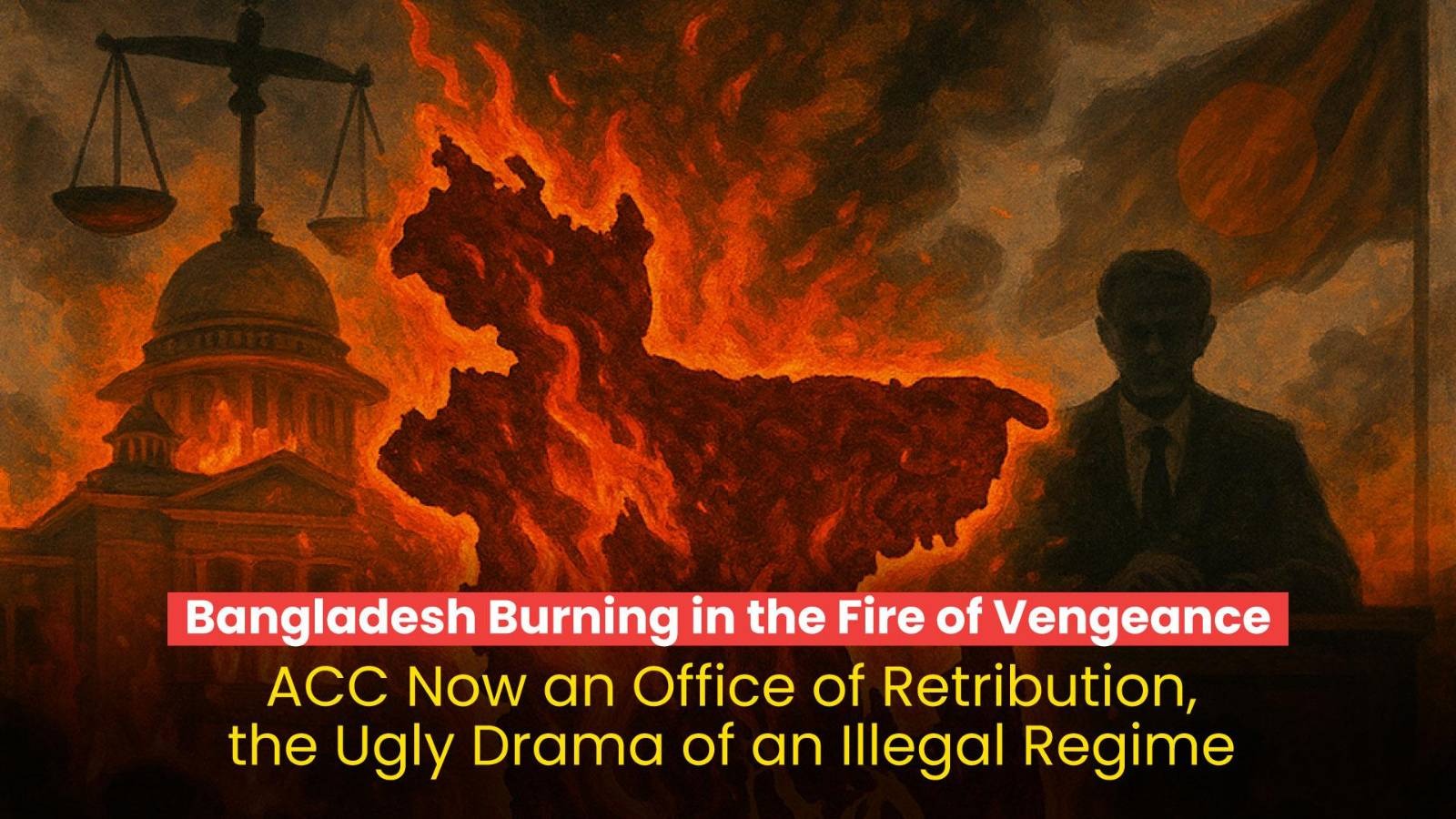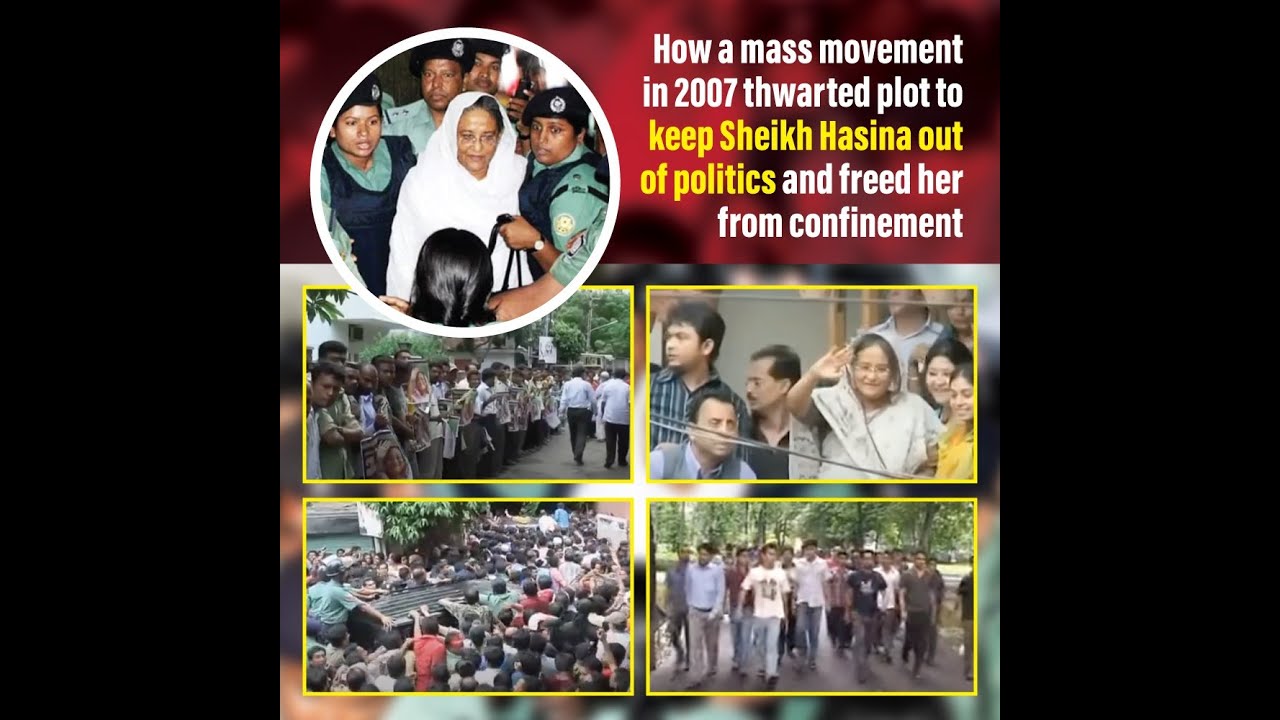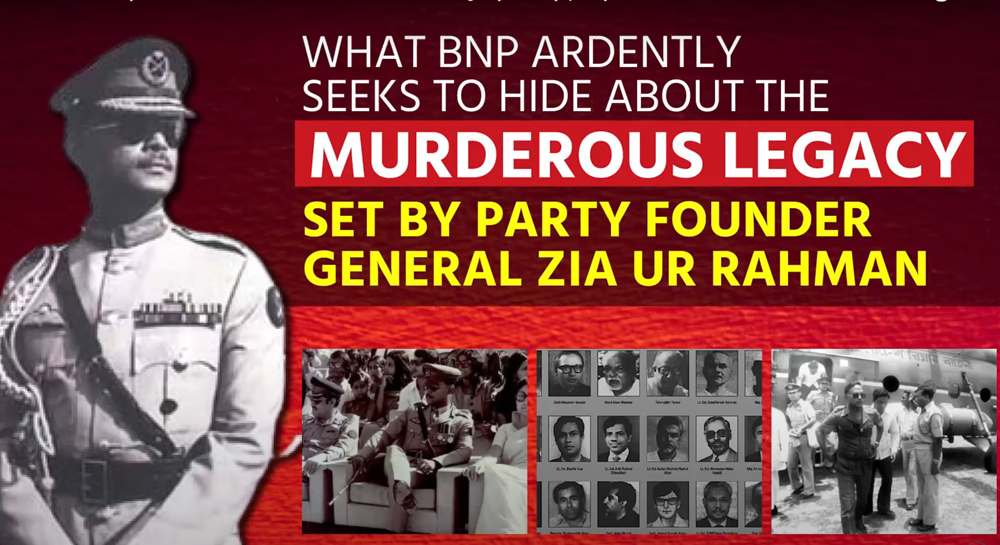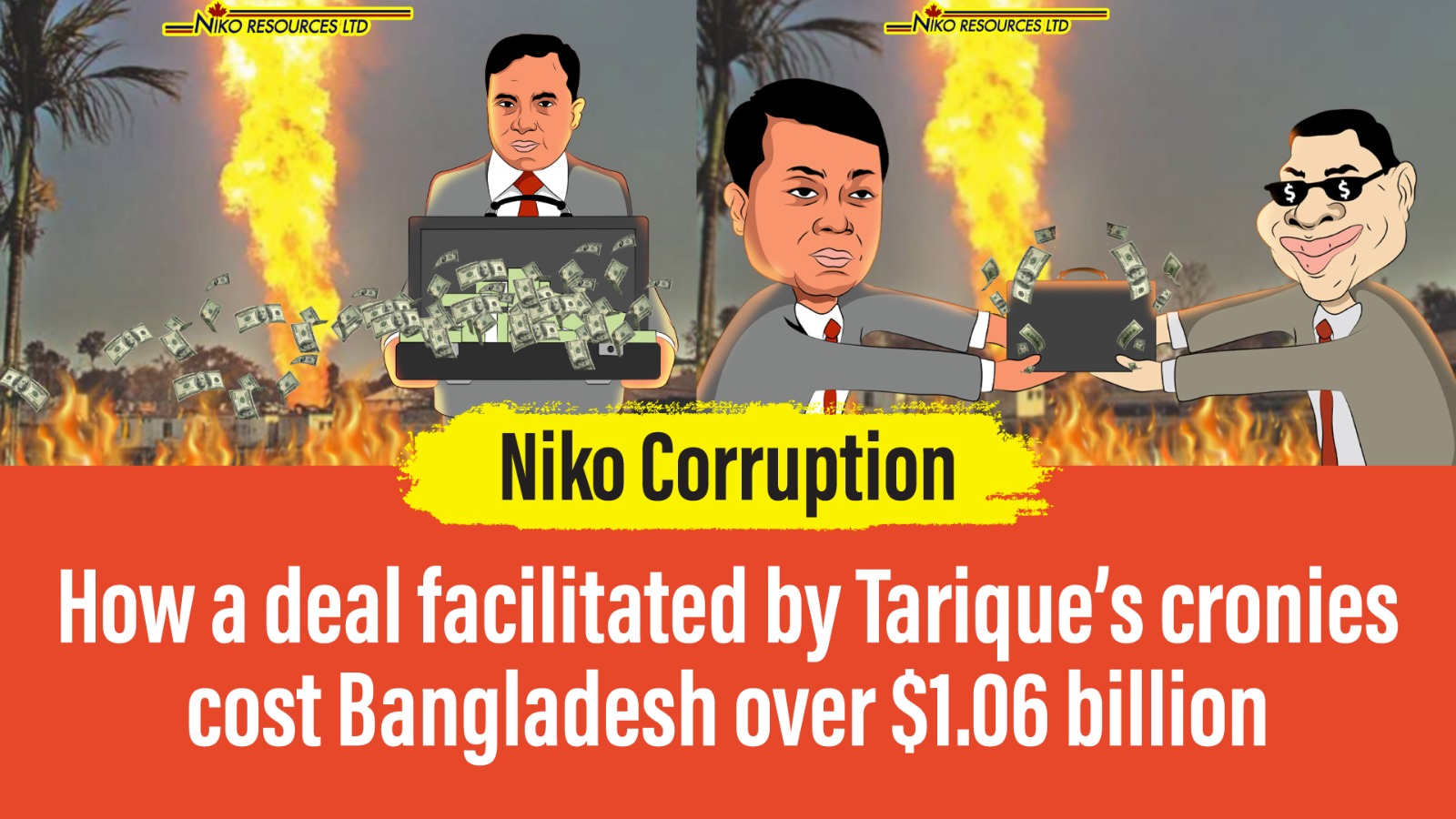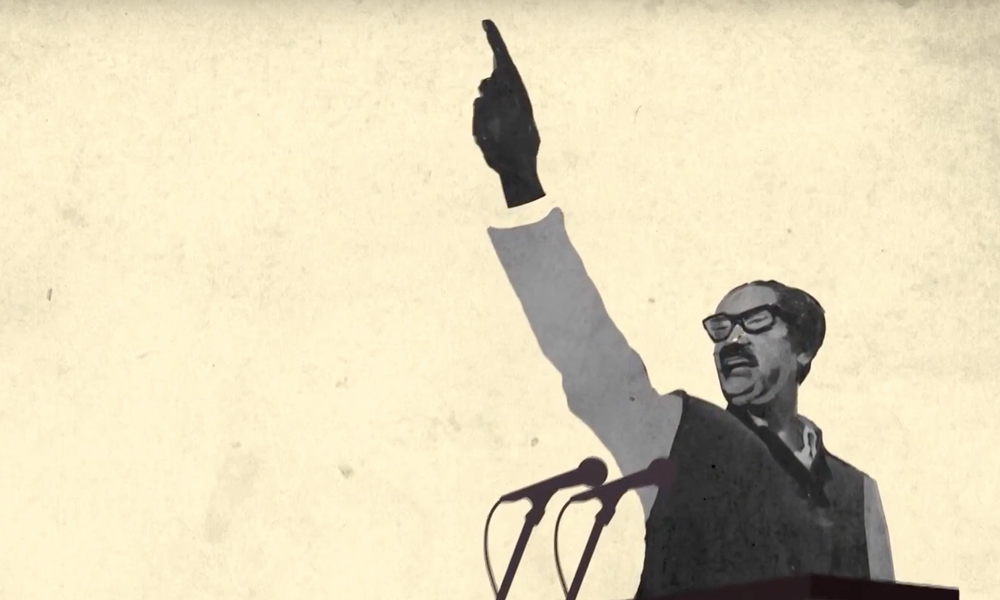5377
Published on July 27, 2025In Bangladesh, culture has never been a luxury; it has been the lifeblood of protest, identity, and liberation. From the language movement of 1952 to the anti-Ershad uprising of the 1990s, every major political awakening in this country has marched hand-in-hand with art, poetry, theatre, and music. But in the wake of the Awami League’s fall and the sudden rise of the interim regime, that proud tradition is being systematically dismantled.
What we are witnessing now is not simply a change in governance; it is a calculated campaign to suffocate the nation’s cultural soul. The looting of theatres, the torching of libraries, the destruction of sculptures, and the renaming of heritage events are not isolated incidents. They form a brutal choreography of censorship, driven by fear, vengeance, and a desire to erase any symbol that challenges the new order.
This is not governance. This is cultural vandalism masquerading as reform.
The interim authority, instead of safeguarding Bangladesh’s artistic heritage, has turned its back on it, choosing instead to placate reactionary forces, suppress dissent, and whitewash the country's secular, pluralistic foundations. Statues are falling. Songs are silenced. Celebrations are rebranded. And all of it is being done with chilling precision.
In this article, we trace how Bangladesh's vibrant cultural landscape is being disfigured in real time, under the shadow of authoritarian rule, enforced silence, and an alarming normalisation of cultural erasure.
From Museums to Music Rooms: A Coordinated Assault on Culture
In the days following the collapse of the Awami League government, a wave of orchestrated violence swept across Bangladesh—not just against political figures or government infrastructure, but against the very symbols of the nation's cultural identity. What unfolded was not spontaneous chaos; it was a targeted assault on the institutions that have long nurtured Bangladesh’s secular and progressive spirit.
Attacks on cultural landmarks: Fear and vandalism in a new era
The Bangabandhu Memorial Museum on Dhanmondi Road No. 32, a sacred ground in the nation’s liberation narrative, was set ablaze and looted. Priceless artefacts tied to the founding of the country were turned to ash. The desecration of that historic home was more than vandalism; it was a message. The interim regime may not have lit the match, but its deafening silence and inaction signalled complicity.
It didn't stop there.
Libraries, once havens of knowledge and freedom, have been reduced to cinders. The 150-year-old Bir Chandra Public Library in Comilla was set on fire during a so-called "victory rally." Centuries-old books, many irreplaceable, are now lost forever. In parallel, music schools, art academies, and theatres have suffered coordinated attacks. Twenty-two Shilpakala Academies across the country have reported looting and destruction. Harmoniums, tanpuras, projectors, even children's learning materials—pillaged or burned.
Even the private residence of renowned musician Rahul Ananda was not spared. Thousands of his musical instruments, collected over decades, were consumed by fire. “They were like my children,” he said, with the kind of grief usually reserved for funerals because this is a funeral, the death of cultural dignity under the watch of an indifferent regime.
Cinemas, too, symbols of modern entertainment and popular expression, have been brutalised. The Rajshahi branch of Star Cineplex, a pillar of Bangladesh’s resurgent film industry, was stripped down to its bathroom fixtures. “Even the commode was taken,” lamented filmmaker Anonno Mamun. And for what? For being a place where people gathered not in protest, but in joy.
The attacks are not random. They target institutions rooted in pluralism, resistance, and intellectual freedom. They target memory. History. Joy.
And the interim government, instead of defending these spaces, has let them fall—brick by brick, book by book, beat by beat.
Rebranding, Renaming, and Erasure
As cultural institutions smoulder across the country, the interim regime has turned its attention toward something more insidious: the rebranding and rewriting of national identity itself.
In a move as brazen as it is symbolic, the authorities renamed the iconic “Mangal Shobhajatra” to “Borshoboron Ananda Shobhajatra.” This procession, once born out of the anti-Ershad resistance and later honoured by UNESCO as a global symbol of cultural resilience, has now been whitewashed into a hollow celebration of “joy.” The word Mangal, meaning auspicious, was too politically inconvenient—too charged with a history of defiance.
Name of Mangal Shobhajatra changed
This is not a benign act of modernisation. It is a deliberate severing of historical memory. Replacing “Mangal” with “Ananda” is not just a name change—it’s a philosophical purge, a rebranding of protest as passive celebration. Where once the streets echoed with calls for justice and transformation, they are now policed into silence and drenched in forced festivity.
But it doesn’t stop with processions. School textbooks have been quietly revised. The term “Adivasi” (Indigenous) has been scrubbed from the curriculum, replaced with bureaucratic euphemisms like Upojati or Khudro Nrigoshti—terms that deliberately dilute the legal and cultural identity of Bangladesh’s Indigenous communities. When Indigenous students protested this erasure, they were met not with dialogue but with violence. The message from the top was clear: There is no space for complexity in this sanitised version of Bangladesh.
How Bangladesh plans to modify the school textbooks
This campaign of cultural control isn't limited to symbols and syllables. It’s a strategic, top-down effort to homogenise identity, neutralise dissent, and erase the uncomfortable truths of pluralism and resistance. Whether it's bulldozing statues, torching libraries, or scrubbing historical terms from education, the interim regime is staging a cultural coup—one that aims not only to silence but to reshape the nation’s soul.
In the guise of “order” and “joy,” a slow, quiet censorship has descended upon Bangladesh, masquerading as celebration while strangling its cultural conscience.
Silencing of Indigenous and Minority Voices
Rewriting history isn’t the only strategy the interim regime has adopted—it's also actively erasing the living identities of those who don’t fit its narrow, majoritarian narrative. Indigenous and minority communities, long marginalised, are now under direct cultural and political siege.
The most telling example came on January 15, 2025, when peaceful Indigenous student protestors were brutally attacked in front of the National Curriculum and Textbook Board (NCTB) in Dhaka. Their demand was simple yet profound: reinstate the word “Adivasi”—Indigenous—in school textbooks. Instead, under pressure from an ultranationalist group called “Students for Sovereignty,” the government replaced it with dismissive terms like “Khudro Nrigoshti” (small ethnic communities), effectively stripping these groups of internationally recognised identity and rights.
This wasn’t just semantic surgery—it was a calculated denial of existence.
The message is chillingly clear: in the regime’s Bangladesh, there’s no space for Indigenous dignity, let alone autonomy. Language is being manipulated to delegitimise heritage. History is being refashioned to erase inconvenient truths. And when Indigenous communities protest, they are met not with dialogue, but with force.
Beyond the textbooks, entire cultural narratives are being suppressed. Indigenous festivals are downplayed. Minority languages are omitted from public education. Spiritual sites and cultural spaces are neglected, defunded, or co-opted. In rural areas, reports of intimidation, surveillance, and land encroachment are rising—modern tools of silencing deployed under the cover of administrative neutrality.
This isn’t cultural indifference—it’s cultural repression.
Bangladesh once took pride in its mosaic of identities. Today, the interim regime appears intent on erasing that mosaic, replacing it with a single, monolithic image that glorifies obedience and erases difference.
Shrines and Darbar Sharifs Under Siege
Rewriting textbooks and renaming festivals was just the beginning. Now, the regime’s silence has emboldened a far more dangerous front: violent assaults on Bangladesh’s spiritual sanctuaries. Since the fall of Sheikh Hasina’s government and the rise of the interim authority under Muhammad Yunus in August 2024, the country has witnessed a chilling escalation in attacks on Sufi shrines, Darbar Sharifs, and Baul institutions—the spiritual lifelines of Bangladesh’s syncretic soul.
Between August 2024 and March 2025, at least 105 Sufi shrines have been looted, vandalised, or set ablaze by extremist groups. In the first five months alone, 44 coordinated attacks were reported across 40 shrines, with Dhaka, Chattogram, and Mymensingh being the hardest hit. Devotees, caretakers, and spiritual leaders—many of them elderly—have been beaten, threatened, and driven from their places of worship under the thin justification of land disputes or “ideological purification.”
40 shrines attacked in over 5 months
Despite this surge in violence, the regime’s response has been tepid at best. Muhammad Yunus’s government has promised “stern action” and claimed to be “investigating conspiracies,” yet arrests are few, and protection for Sufi and Baul communities remains almost non-existent. In several cases, like Dewanbagh Darbar Sharif in Narayanganj and Rashidiya Darbar in Kumarkhali, local police stood down or arrived too late, while perpetrators operated with impunity.
Dewanbag Darbar Sharif attacked, vandalised
This is not random violence. It is part of a systematic cultural cleansing. The rise in attacks closely follows the regime’s broader agenda of erasing pluralistic history, renaming inclusive traditions, and redefining national identity through monolithic religious and political lenses. Where once the soft power of Sufism united rural Bangladesh in music, mysticism, and moral guidance, now the shadow of Salafism and state-sanctioned intolerance creeps in.
The implications are grave. The destruction of Sufi shrines is more than spiritual desecration—it is a declaration of war against Bangladesh’s cultural memory. These attacks mark a deliberate attempt to sever the connection between people and the past, to flatten centuries of shared identity into a one-dimensional, state-approved dogma.
In the Battle for Bangladesh, Memory Is on the Frontline
The attacks on Bangladesh’s cultural institutions, shrines, Indigenous identities, and historical memory are not random acts of chaos — they are deliberate acts of political strategy. The interim regime understands what authoritarian rulers throughout history have known: to control a people, one must first control their culture.
From the destruction of Shilpakala Academies and statues of national heroes, to the forced renaming of Mangal Shobhajatra, to the erasure of the word “Adivasi” from textbooks, these moves reflect a calculated effort to redefine national identity in the regime’s image — one that is sanitised, submissive, and stripped of dissent.
This isn’t just about ideology. It’s about insulation. By dismantling spaces of cultural resistance, the regime shields itself from criticism, rewrites public consciousness, and replaces the messy complexity of a pluralistic society with the illusion of uniformity.
In this new order, art is no longer a voice of the people — it is a tool of the state. Celebration is allowed only when choreographed. Expression is tolerated only when toothless. Even memory must now pass through the regime’s filter.
But culture does not die quietly. And censorship does not go unchallenged forever. The political war on art, memory, and identity may silence galleries, burn books, and rename parades — but it cannot extinguish the undercurrent of resistance that lives in every brushstroke, every melody, every story.
What the regime fears most is not rebellion in the streets — it is rebellion in the imagination. And as long as there are voices to speak, songs to sing, and histories to remember, this regime’s attempts at cultural control will remain incomplete.
